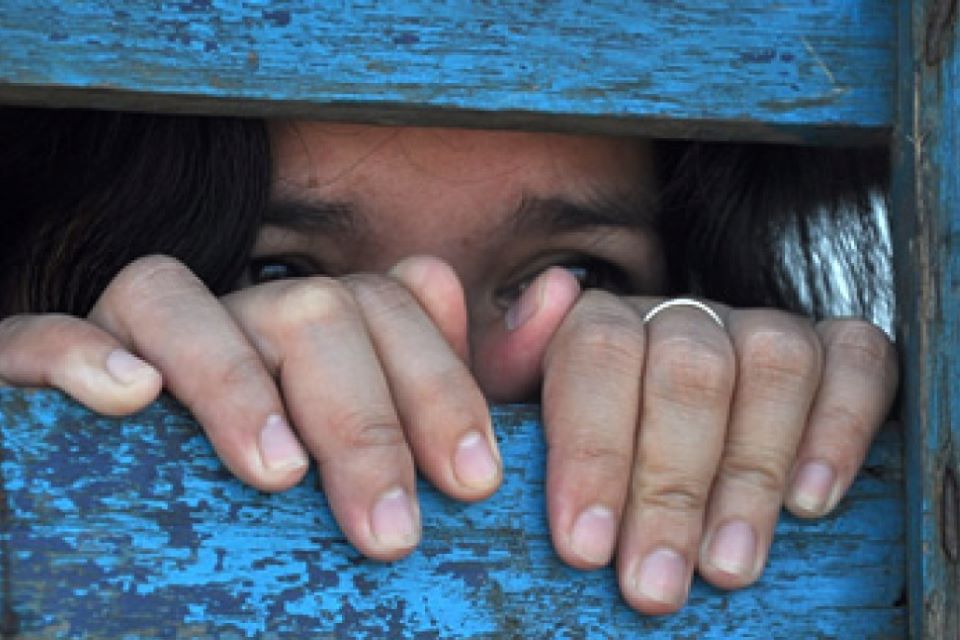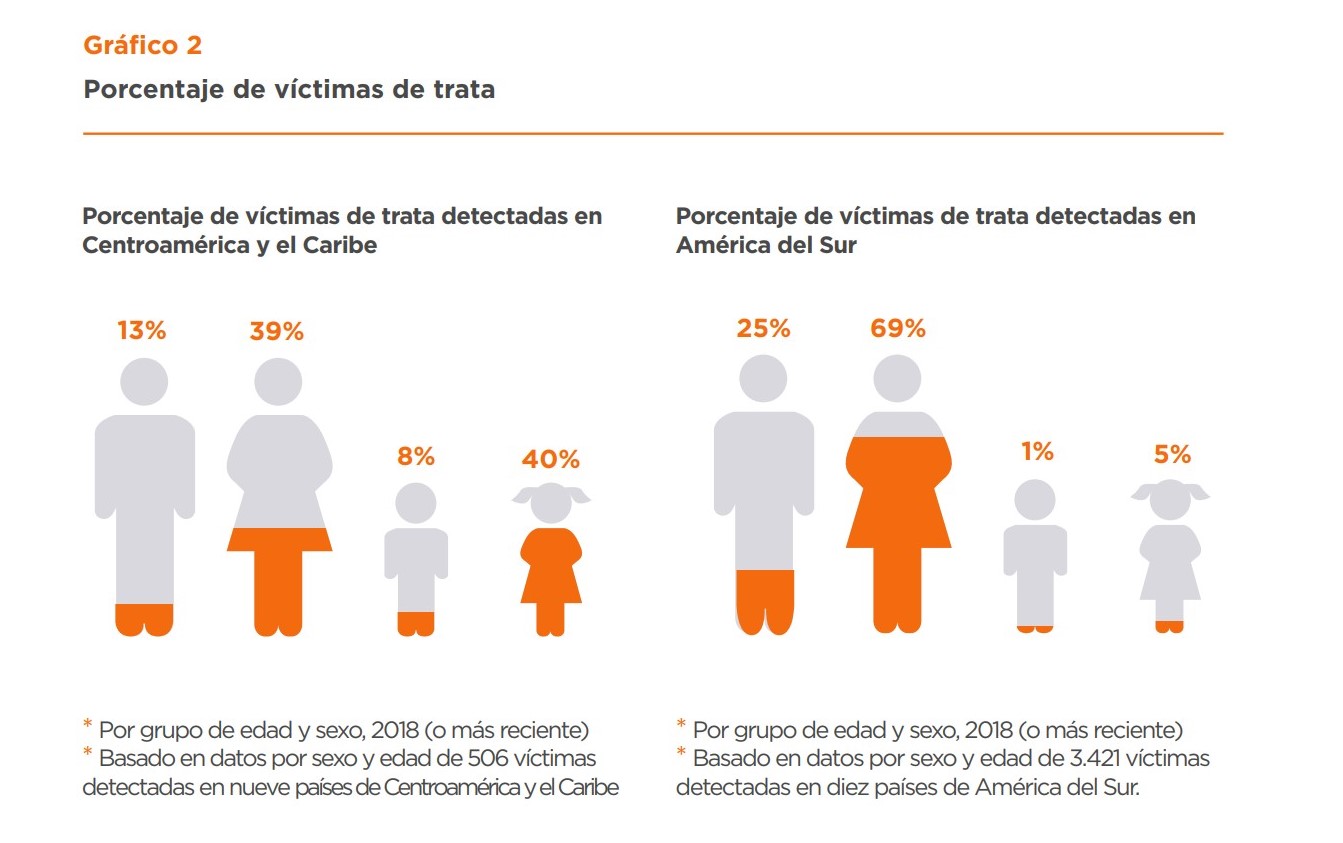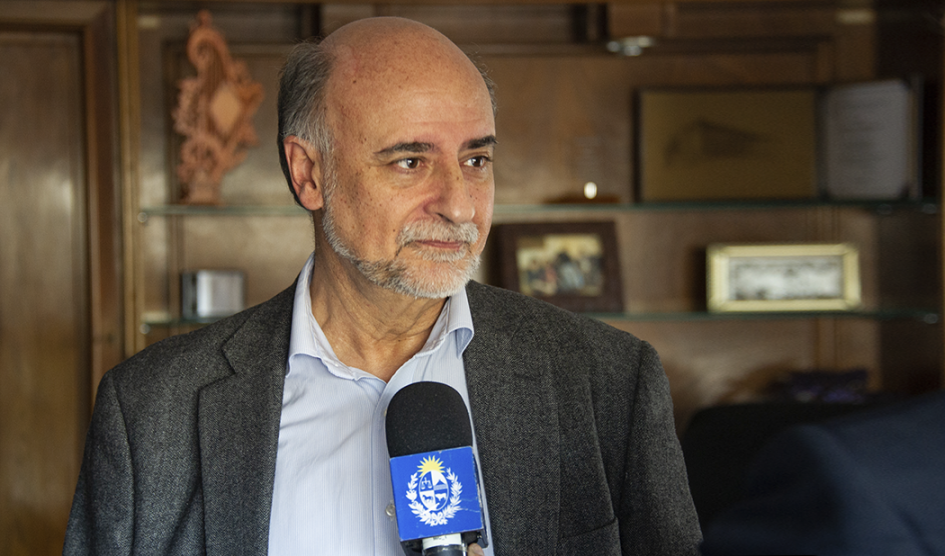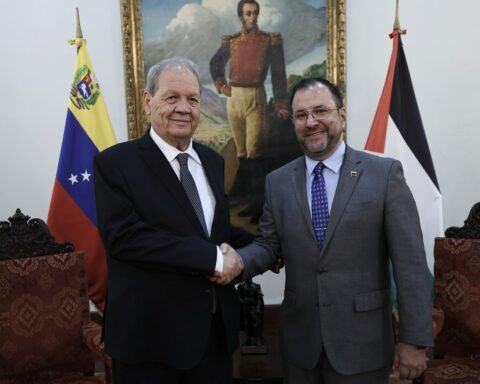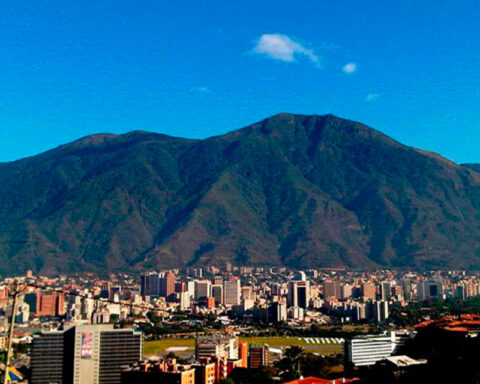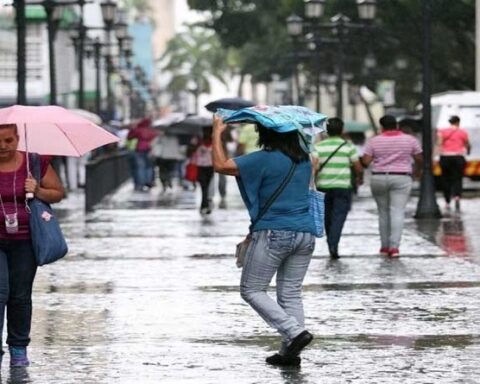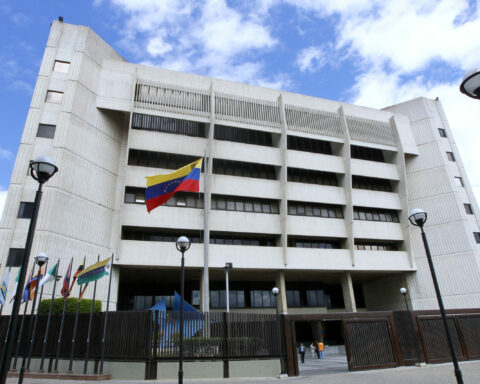Venezuela is not included in the analysis of the problem within the Inter-American Development Bank, since it has not had a representative since Ricardo Hausmann resigned from his position as delegate of the interim government of Juan Guaidó in 2019. “It is estimated that for every identified victim there are at least 20 more unidentified,” the report says.
A report by the Inter-American Development Bank (IDB) calculates that Latin America and the Caribbean concentrate 8% of the 150,000 million dollars produced by human trafficking per year, with sexual exploitation as the most frequent reason.
Human trafficking is the third most lucrative criminal activity in the world, only after drug trafficking and counterfeiting, the report concludes Human Trafficking in Latin America and the Caribbean which is the result of the discussions of the Series of Technical Dialogues on Trafficking in Persons (2020-2022) of the inter-American organization.
The 34-page document, which was published at the end of July, consists of four parts: current diagnosis, some strengthening actions and country responses to the problem, an approach from a comprehensive and multisectoral perspective, and some key actions to strengthen capacities response from the institutions.
Venezuela is not included in the analysis of the problem since it does not have a representative (governor) since in 2019 the economist, researcher and university professor Ricardo Hausmann resigned in his charge, that he had been recognized as a representative of the interim government of Juan Guaidó that same year.
In December 2020, the president of the IDB, Mauricio Claver-Carone, and the executive director of the United Nations Office on Drugs and Crime (UNODC), Ghada Waly, were in charge of opening the debates with the objective of analyzing challenges and find solutions to combat human trafficking in Latin America and the Caribbean.
The study states that since 2003 the number of identified victims and convicted traffickers has increased globally and in Latin America and the Caribbean (LAC). This may be the result of an increase in cases, a greater ability to detect victims by authorities, or both.
Estimates from international organizations show a phenomenon in which traffickers “consider people as merchandise, keeping them under control through a vicious circle of intimidation, abuse, violence and degradation”, which covers about 40 million people worldwide, 65% of whose victims are women for the purpose of sexual exploitation, in which one in four victims is a minor.
In turn, the main forms of exploitation detected among the victims correspond to “sexual exploitation (50%), forced labor (38%) and commission of criminal activities (6%)”.
Heterogeneous profile of traffickers
The report confirms that the profile of human traffickers varies by subregion. In South America, 67% of those convicted of human trafficking crimes are men, while in Central America, 52% of those convicted are women.
“Regarding the number of victims detected per 100,000 inhabitants, in the countries of South America, Central America and the Caribbean this has increased since the entry into force of the United Nations protocol against TDP. Nevertheless, It is estimated that for every identified victim, there are at least 20 more unidentified,” the report says.
The type of farm also varies by region. In Latin America and the Caribbean, the main form of human trafficking is sexual exploitation. In the Caribbean, 81% of victims suffer sexual exploitation, 13% are subject to forced labor and 6% are subjected to other forms of trafficking, “such as recruitment for criminal activities, forced begging and illegal adoption”
In Latin America and the Caribbean “the main form of human trafficking is sexual exploitation.”
In Central America and the Caribbean, 81% of victims suffer sexual exploitation, 13% are subject to forced labor and 6% are subjected to other forms of trafficking, “such as recruitment for criminal activities, forced begging and adoption. illegal”.
In South America “sexual exploitation predominates (64% of cases) with a majority of female victims (96%). Forced labor is the second most common form of exploitation (35%) and other forms of exploitation represent 1%”.
Post Views:
310

